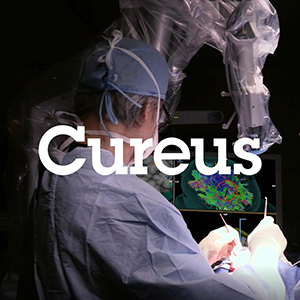
“Background: Chronic neuropathic pain is often debilitating and can have a significant impact on sleep health and quality of life. There is limited information on the impact of cannabinoids on sleep health when treating neuropathic pain.
Objective: The objectives of this systematic review and meta-analysis were to determine the effect of cannabinoids on sleep quality, pain intensity, and patient impression of treatment efficacy in patients with neuropathic pain.
Evidence review: Nine available medical literature databases were searched for randomized controlled trials comparing synthetic and natural cannabinoids to placebo in patients with neuropathic pain syndromes. Data on validated tools for sleep quality, pain intensity, patients’ global impression of change (PGIC), and incidence of adverse effects of cannabinoids were extracted and synthesized.
Findings: Of the 3491 studies screened, eight randomized controlled trials satisfied the inclusion criteria for this review. Analyses were performed using R -4.1.2. using the metafor package and are interpreted using alpha=0.05 as the threshold for statistical significance. Validated measures for sleep health were not used in most studies. Meta-analysis of data from six studies showed that cannabinoids were associated with a significant improvement in sleep quality (standardized mean difference (SMD): 0.40; 95% CI: 0.19 to -0.61, 95% prediction interval (PI): -0.12 to 0.88, p-value=0.002, I2=55.26, τ2=0.05, Q-statistic=16.72, GRADE: moderate certainty). Meta-analysis of data from eight studies showed a significant reduction in daily pain scores in the cannabinoid (CB) group (SMD: -0.55, 95% CI:-0.69 to -0.19, 95% PI: -1.51 to 0.39, p=0.003, I2=82.49, τ2=0.20, Q-statistic=47.69, GRADE: moderate certainty). However, sleep health and analgesic benefits were associated with a higher likelihood of experiencing daytime somnolence, nausea, and dizziness.
Conclusions: Cannabinoids have a role in treating chronic neuropathic pain as evidenced by significant improvements in sleep quality, pain intensity, and PGIC. More research is needed to comprehensively evaluate the impact of cannabinoids on sleep health and analgesic efficacy.”
https://pubmed.ncbi.nlm.nih.gov/36598058/
https://rapm.bmj.com/content/early/2022/12/04/rapm-2021-103431








